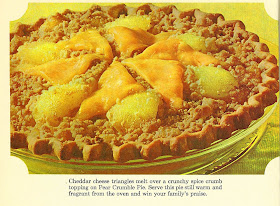The word “orthodox” comes to us from the Greek, orthos (right, true, straight) and doxa (opinion, praise). It means
adherence to the accepted norms, especially of religious beliefs. To be
orthodox is to toe the line.
The opposite is heterodox, which means “other teaching,” and
from which we get “heresy.” To commit heterodoxy is to stray from the accepted
belief.
If you go off the rails altogether, you are guilty of
apostasy; you are an apostate. That’s someone who has abandoned the belief system
completely.
In order to understand this series of words, let us use the
S’more as an example.
The orthodox version would be to toast a marshmallow to
puffy meltiness over a campfire on a long stick, then at the exact moment when
the sugars caramelize, to pull it off the stick by sandwiching it between two
graham crackers (that is to say, one large one that has been broken in half),
within which already lies half a bar of Hershey’s milk chocolate. The hot
marshmallow then melts the chocolate to exactly the right consistency to form a
unified gooey center. The S’more is then eaten like a sandwich, only with an
ecstatic smile upon one’s face.
The heterodox version of this ritual is to use, say,
something other than milk chocolate, or a different kind of cracker. Perhaps
the violation is to attempt a S’more using unmelted marshmallow, or one that
has been toasted over a regular stovetop burner. The absence of an actual
campfire could be considered a heterodox S’more-making environment. One could,
presumably, simply buy a ready-made S’more from a purveyor of unholy summertime
snack foods.
An apostate would simply end their campfire meal by smoking
a cigarette instead of making S’mores at all. Or not even go camping. Or they
could approximate the S’more experience by using this recipe and filing utterly
to enjoy life.
Family Dinners in a
Hurry, Golden Press, 1970
Also from this book: The Arithmetic of Desperation, The Earl of Bunwich Folds














